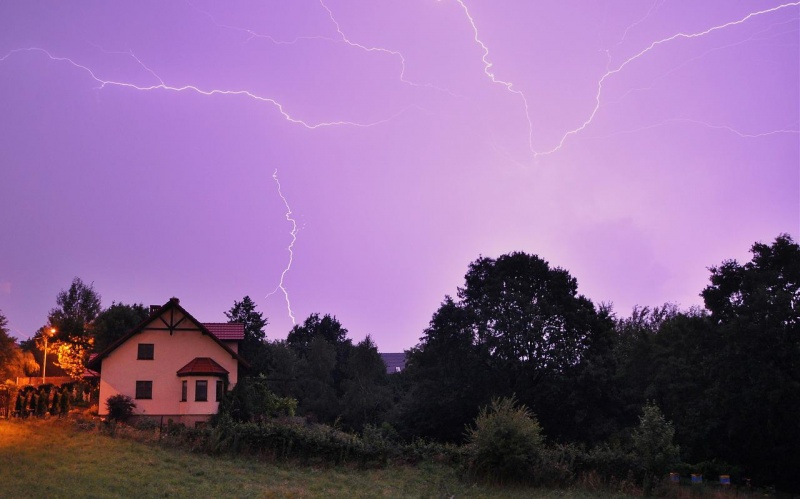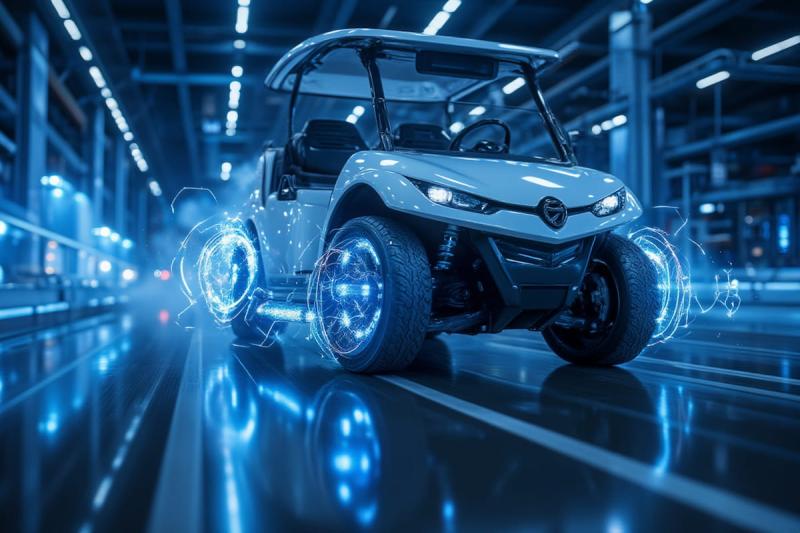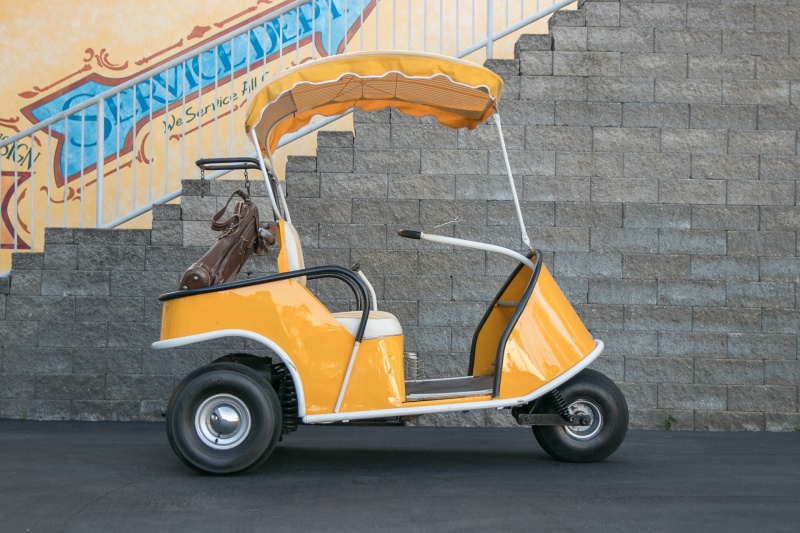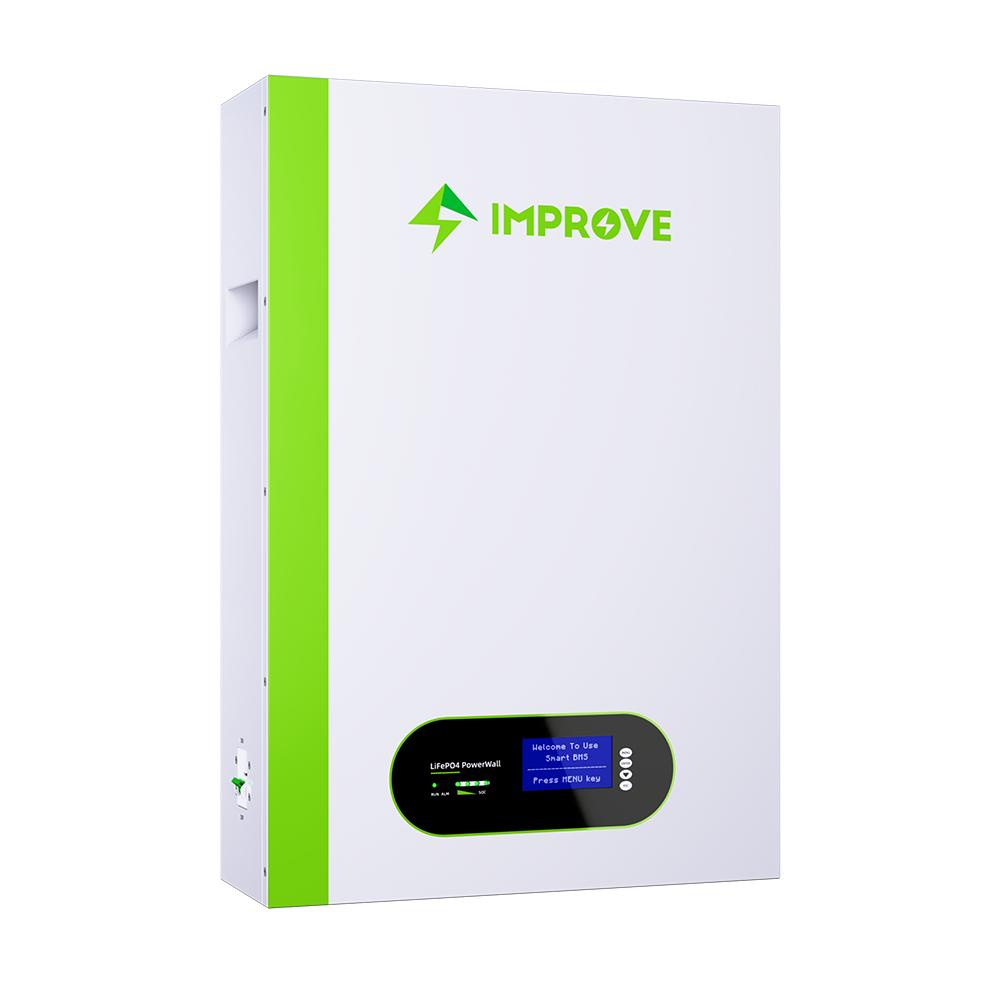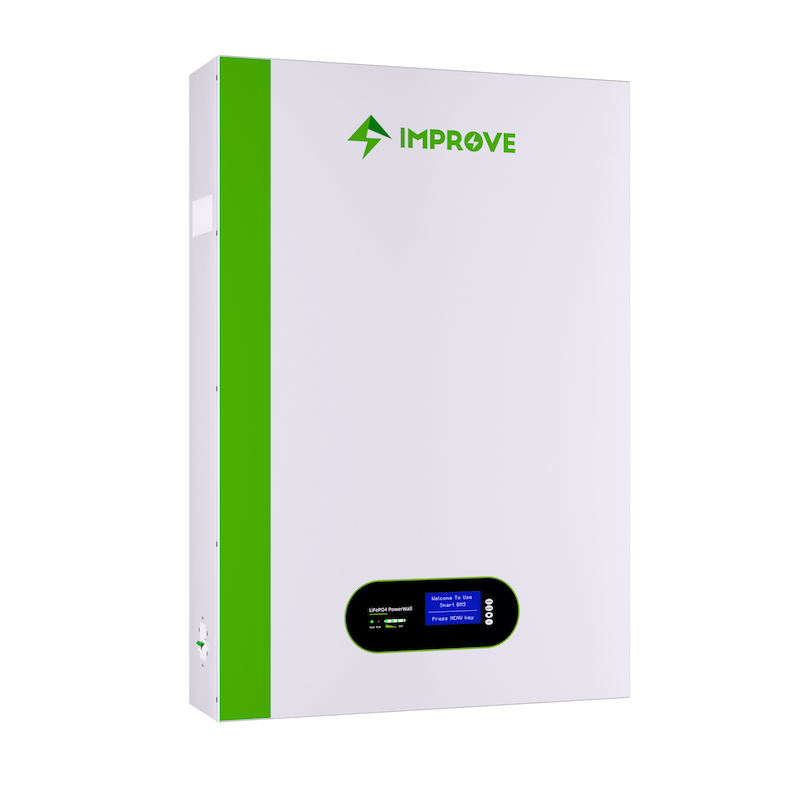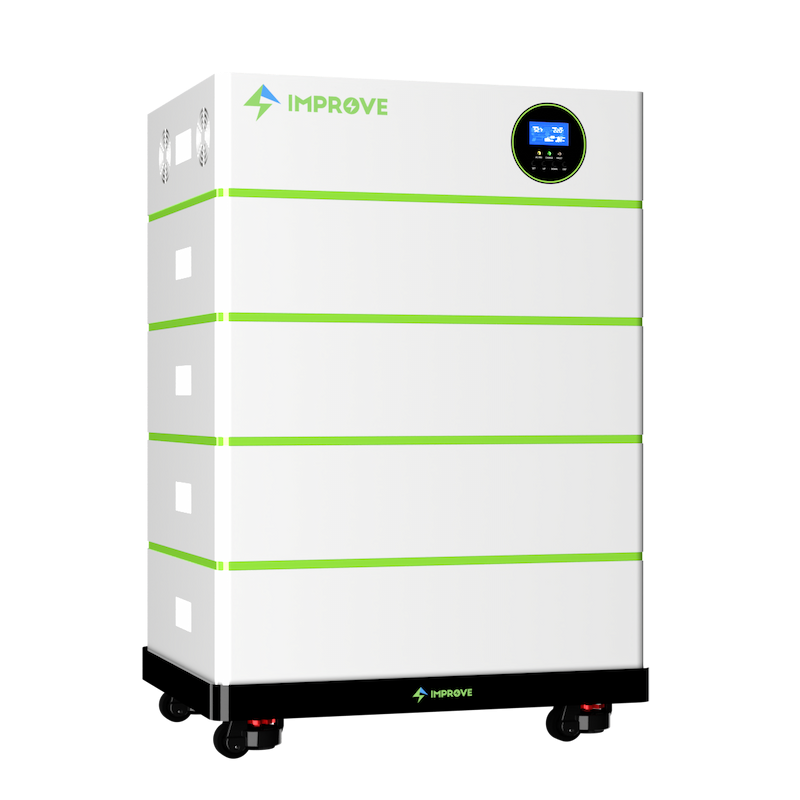As global warming increases and sea levels rise, natural disasters are also expected to increase. Only about a fifth of US and Canadian citizens have invested in a backup power source. The predominant power source for when natural disasters strike is gasoline or diesel-powered generators. But what happens if you run out of fuel or do not have the means to transport a generator? In this week's blog, we'll review the best options for backup power and emergency preparedness. We’ll focus on easily transportable power sources that can be included in your bugout kit.
As we mentioned, traditional backup power systems are gas powered generators with combustion engines. These engines create noise and emissions so they can only be used outdoors in well ventilated areas. The initial cost notwithstanding, another drawback to generators is that they are not the most storage-friendly devices. Besides general maintenance like oil changes, fuel must be treated with additives to ensure it does not break down during storage. Generators should be run once for a couple of hours monthly to keep everything lubricated internally and charge the battery if one is included. Some generators might not be transportation-friendly either, with larger models weighing in at 100 pounds or more and taking up a lot of space. Generators do have one advantage though - with access to fuel, a generator can supply large quantities of power during an outage.
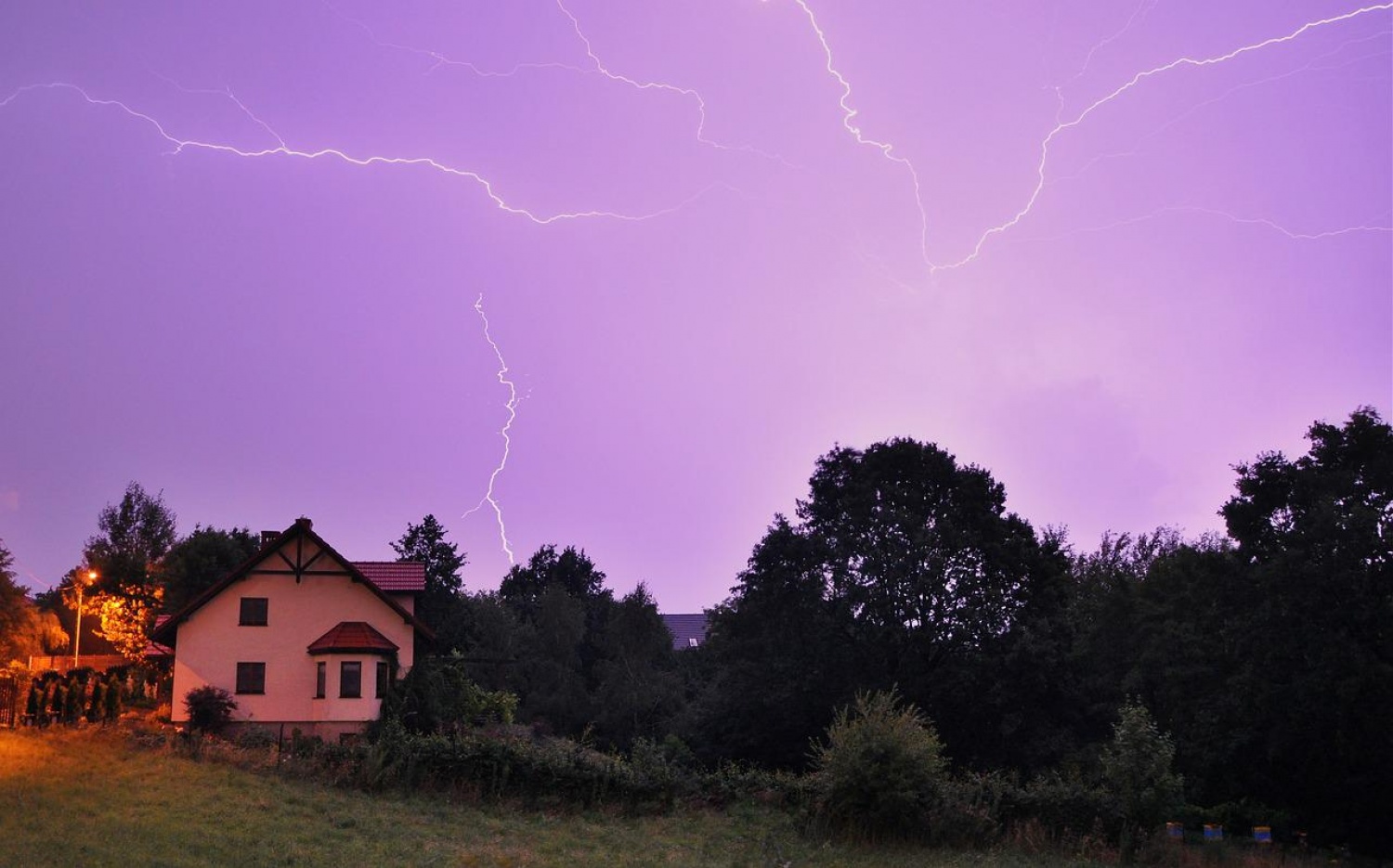
Unlike a generator, lithium batteries create no exhaust fumes so you can use them in a confined space with no ill effects. You can store them fully charged as long as you cycle them (discharge and recharge) them at least once every six months. Lithium batteries naturally discharge at about 3% per month and require very little maintenance. Keep in mind if you have not checked your batteries in a few months that the natural discharge rate will have lost some of their charge. Our lithium batteries are also light, only weighing an average of about three pounds per amp hour. Their light weight combined with small footprint makes them easily transportable energy dense power sources. Check out the table at the end of this blog for the models we think are great options for an emergency prep kit that can go with you.
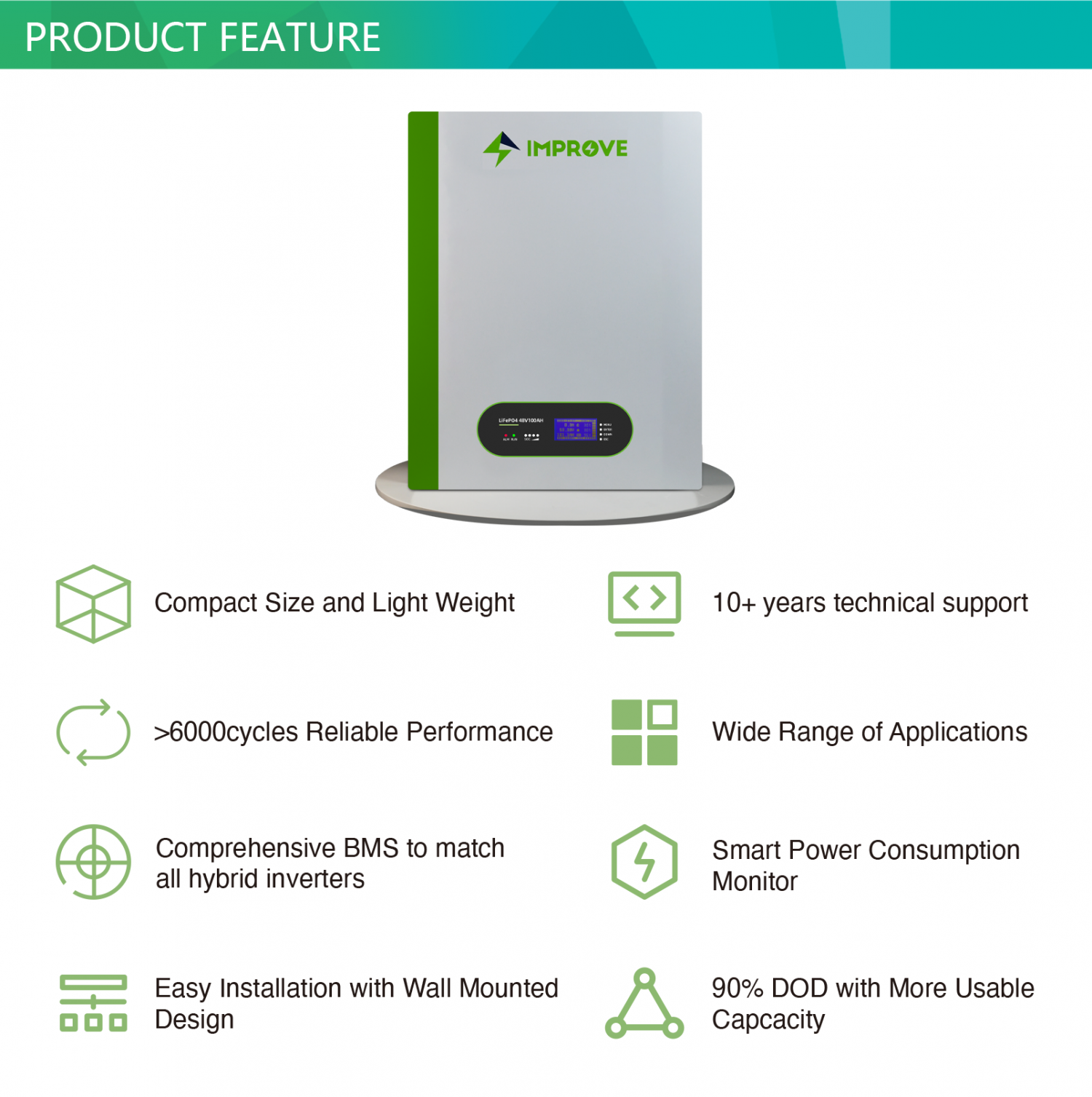
It is important to keep in mind what disaster you are preparing for. Generators and lithium batteries both have a place in emergency preparation. Lithium batteries can be used to power essentials and, in an ideal situation with adequate sunlight, solar panels can be used to recharge your batteries. We believe lithium batteries yield the clear advantage, but a gas-powered generator combined with lithium batteries can complement each other well in some situations. Will there be adequate sunlight to power solar panels? In some cases, a small 1,000-watt gas generator may be a necessary fall back option to recharge batteries if you’re out of power for an extended period without sunlight.
We've discussed sizing battery banks and calculating power needs for recreational purposes in a previous blog and this isn't much different. Be sure to consider what items you would like to run and for how long during an emergency. Sometimes the ability to have simple comforts like a cup of hot coffee can make an extremely difficult situation bearable. The following batteries would be great for emergency kits paired with a small inverter. Note: the estimates in the table are based on average watt ratings of appliances. Actual results will vary based on your specific devices and the length of time using each. Please contact us for information on larger household backup power needs.


